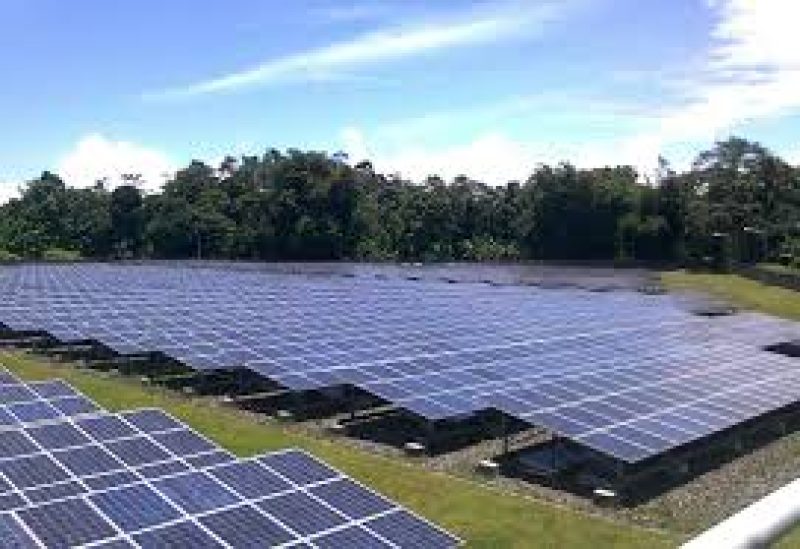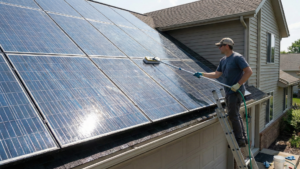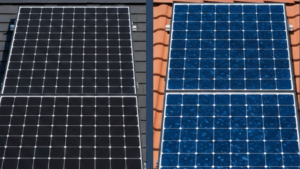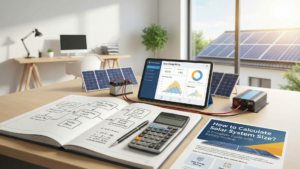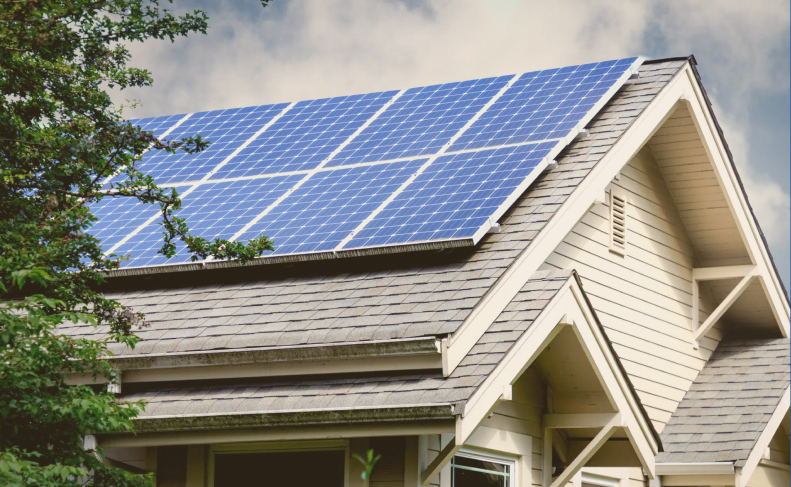The sun’s energy holds immense potential to power our homes and businesses. Solar panels, marvels of modern technology, convert sunlight into electricity, offering a clean and sustainable alternative to fossil fuels. But if you’re considering production from solar panel, a crucial question arises: how much energy does a single solar panel actually produce?
Understanding Solar Panel Output
The energy production of a solar panel is measured in watts (W) or kilowatts (kW). A watt represents the rate at which electricity is generated, while a kilowatt equals 1,000 watts. Solar panel manufacturers specify a “watt rating” indicating the maximum power output under ideal conditions, typically measured in standard test conditions (STC).
Factors Affecting Solar Panel Production
While the watt rating provides a baseline, several factors influence the actual energy a solar panel produces:
- Sunlight Exposure: This is the most significant factor. The more direct sunlight a panel receives throughout the day, the more energy it generates. Locations with longer sunshine hours will naturally see higher production compared to those with limited sunlight.
- Panel Efficiency: Efficiency refers to the percentage of sunlight a panel converts into electricity. Modern panels boast efficiencies ranging from 15% to 22%, with higher efficiency panels generating more electricity for their size.
- Shading: Shadows cast by trees, chimneys, or nearby structures can dramatically reduce a panel’s output. During installation, shading patterns throughout the year should be considered for optimal placement.
- Temperature: Solar panel efficiency can decrease slightly at high temperatures. However, advancements in technology are minimizing this impact.
Average Solar Panel Production
aking these factors into account, a typical residential solar panel in the United States, with a rating of 300-400 watts, can generate around 1.5 to 2 kilowatt-hours (kWh) of electricity per day under ideal conditions. This translates to roughly 540 to 730 kWh per year.
Beyond Averages: Calculating Your Needs
While averages provide a starting point, a more accurate assessment requires considering your specific circumstances. Here’s what you need to factor in:
- Location: Sunshine hours in your area significantly impact production. Utilize online solar resource maps to estimate your region’s solar potential.
- Energy Consumption: Knowing your average monthly electricity usage (kWh) is crucial. Your utility bill or provider’s website can provide this information.
- System Size: The number of panels you need depends on your energy consumption and desired level of solar power contribution. A qualified solar installer can help you determine the optimal system size.
Tools and Resources
Several online tools and resources can help you estimate your solar panel production potential:
- National Renewable Energy Laboratory (NREL) PVWatts Calculator: https://pvwatts.nrel.gov/
- Solar Energy Industries Association (SEIA) DesignYOU Solar Tool: https://www.seia.org/
Maximizing Your Solar Output
By understanding the factors influencing solar panel production and taking steps to optimize your system, you can maximize your energy harvest:
- Choose a reputable solar installer: They can assess your roof’s suitability, sun exposure, and recommend the most efficient panel layout.
- Regular panel maintenance: Keeping your panels clean and free of debris ensures optimal performance.
- Monitor your system’s performance: Most solar systems come with monitoring tools that allow you to track energy production and identify any potential issues.
Conclusion
Solar panels offer a clean and sustainable way to power your home. Understanding how much energy a single panel produces and the factors affecting its output empowers you to make informed decisions about solar energy. By considering your location, energy needs, and optimizing your system, you can harness the sun’s power and reap the benefits of solar energy for years to come.
